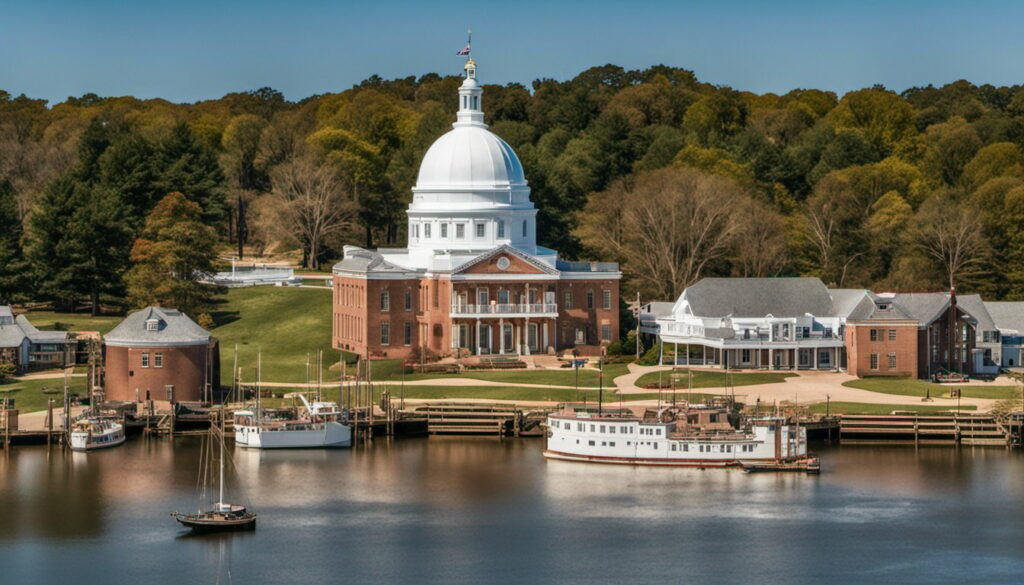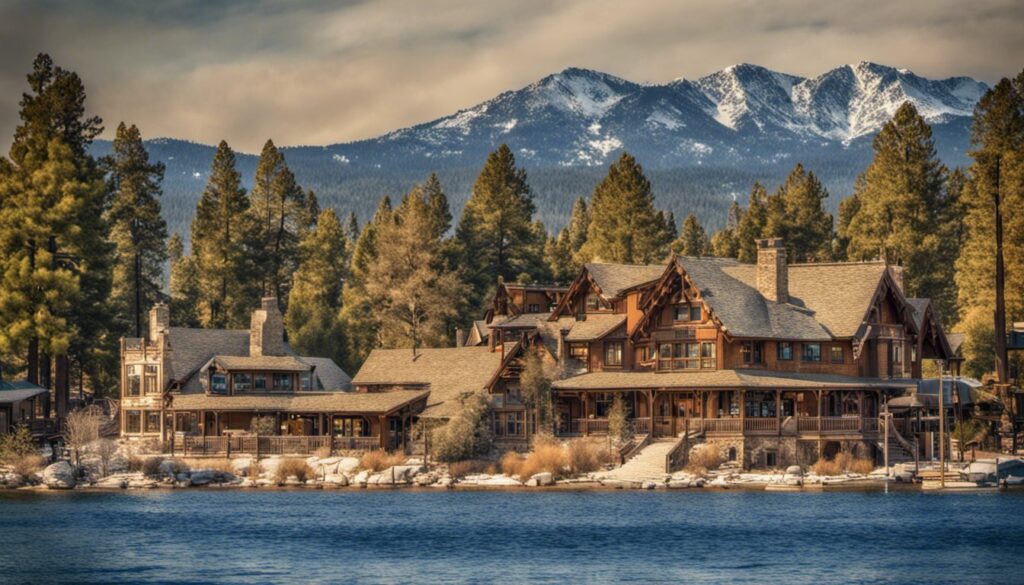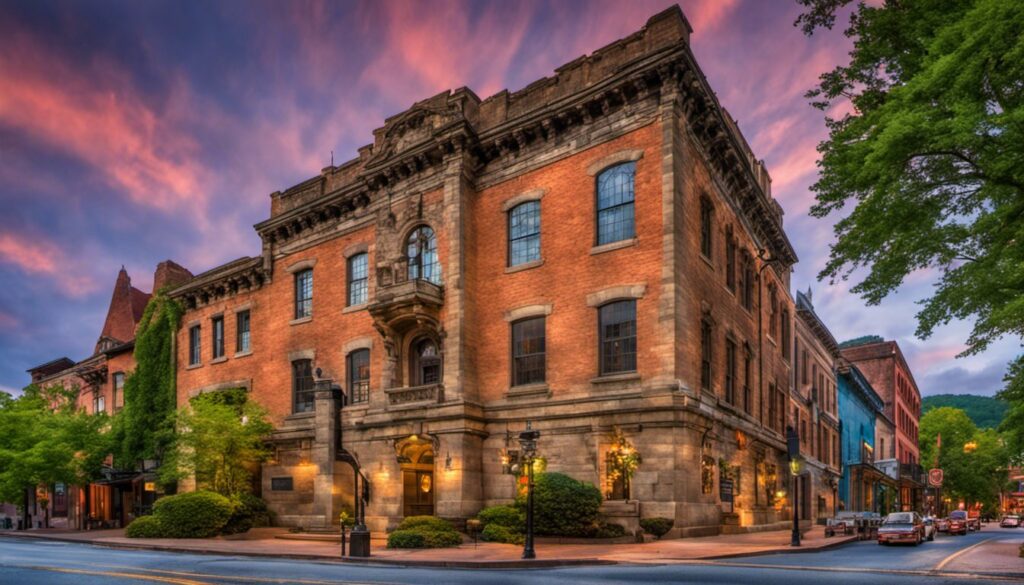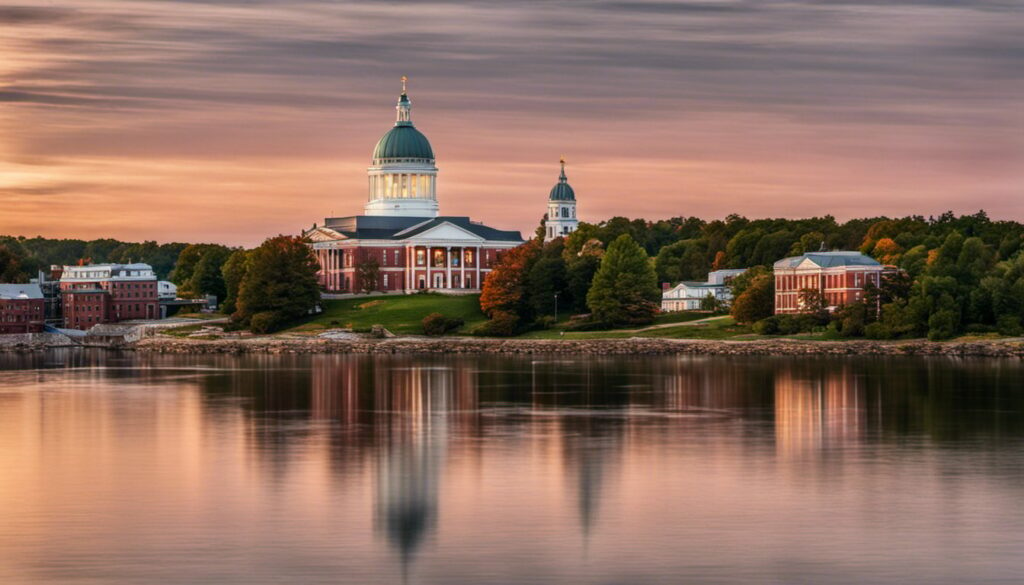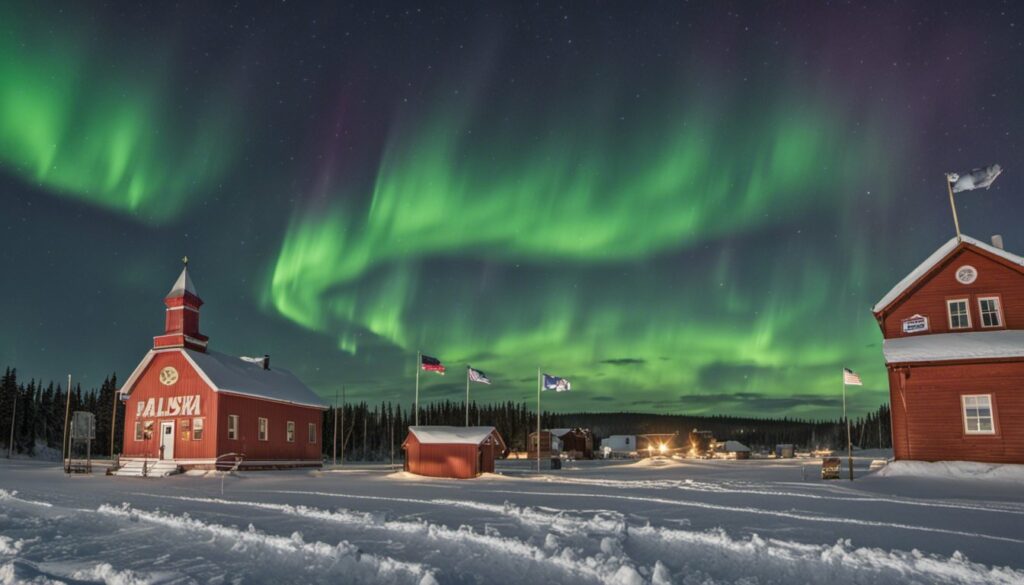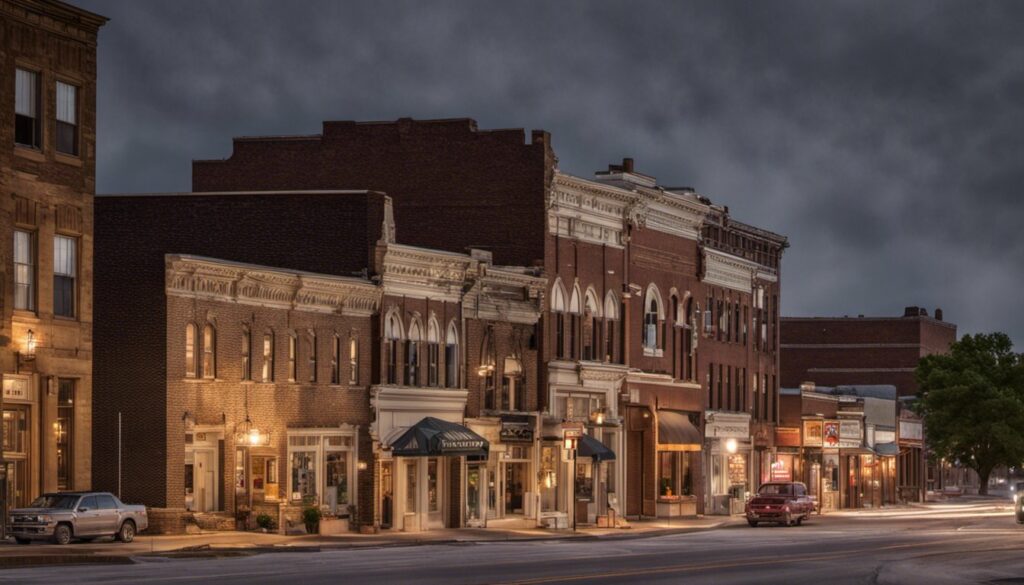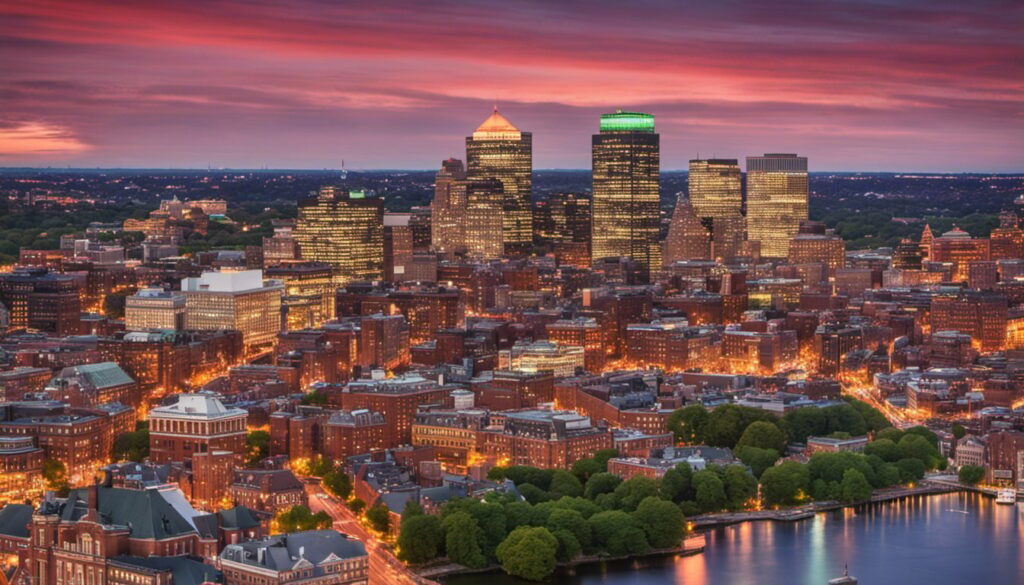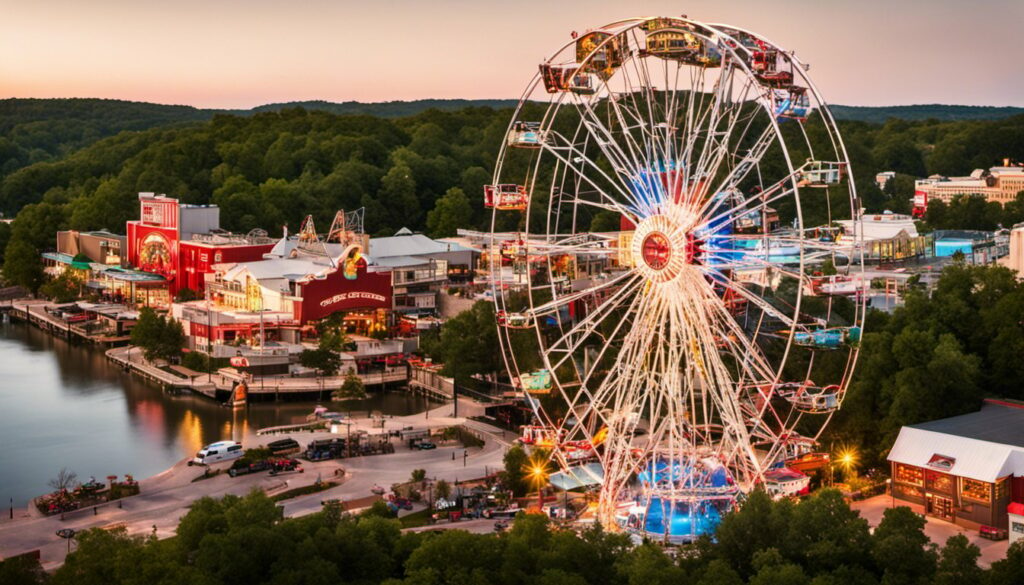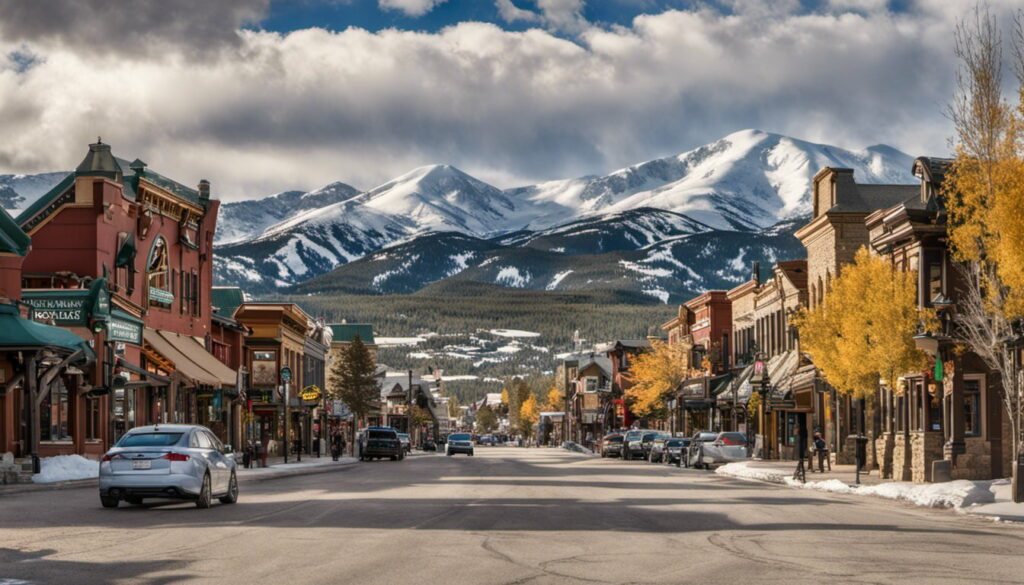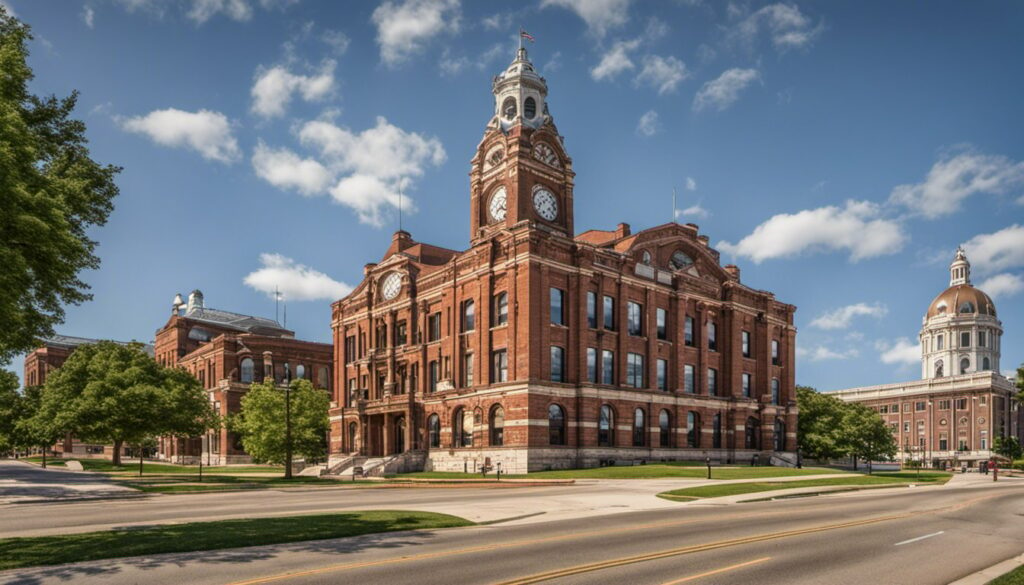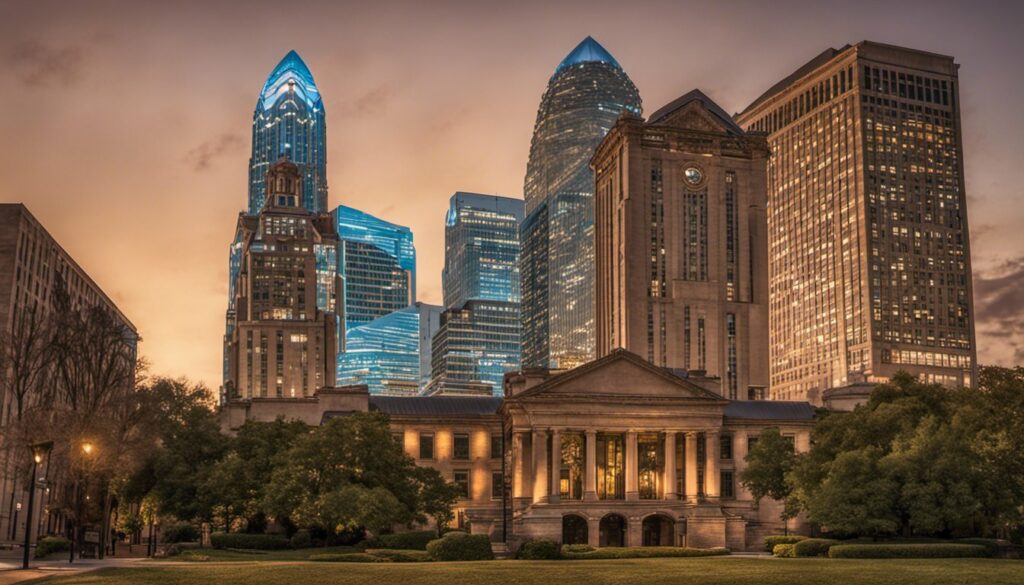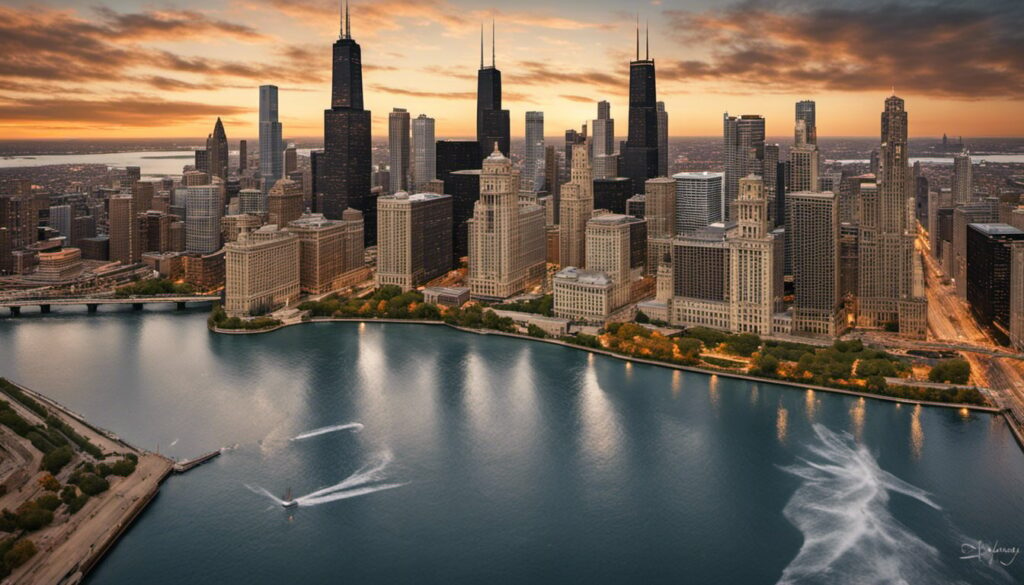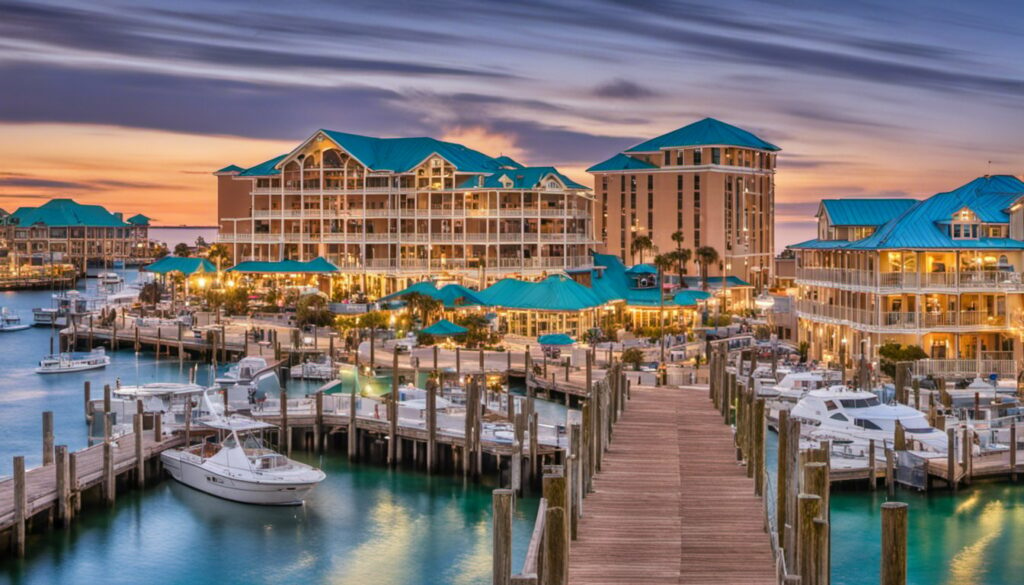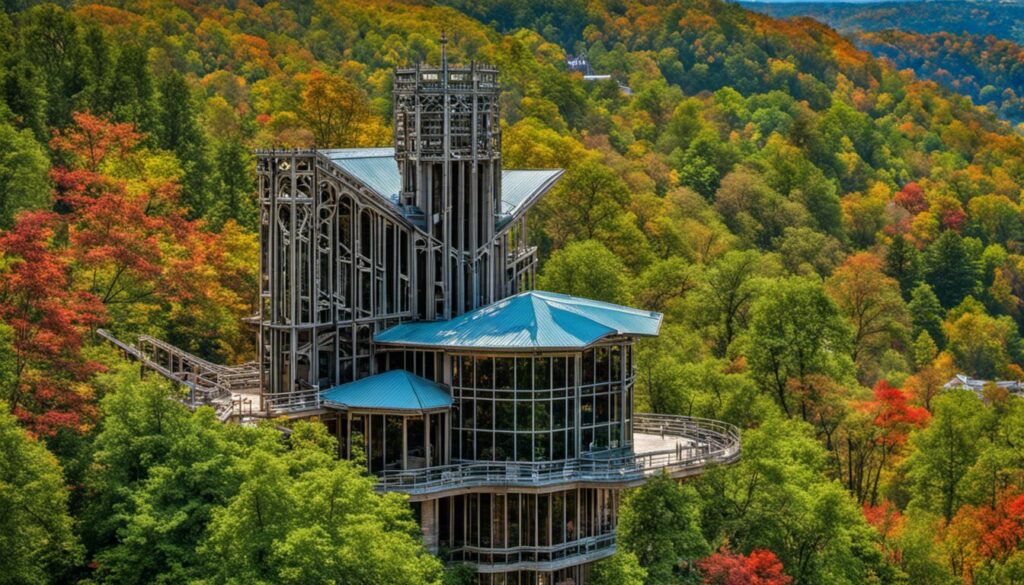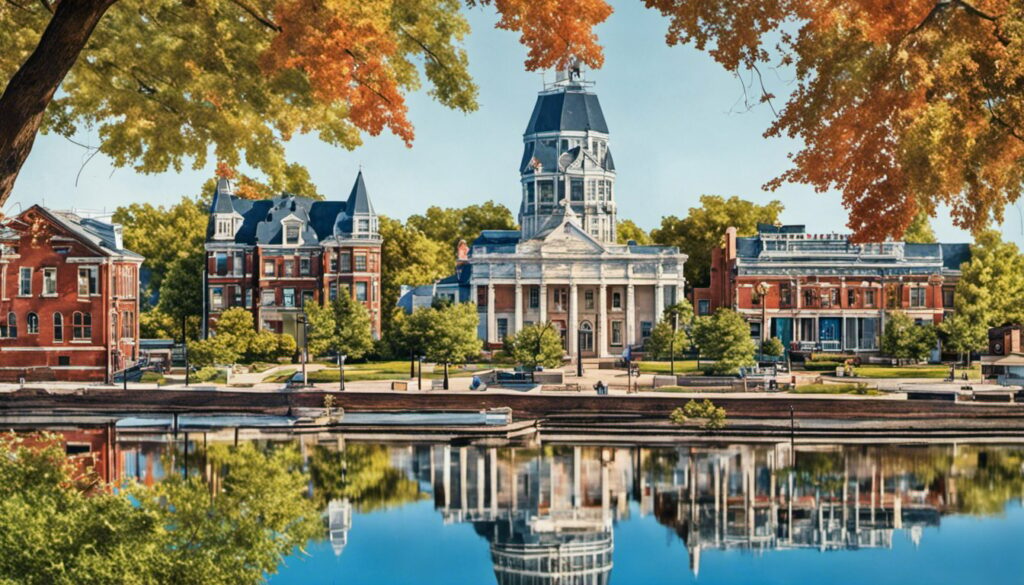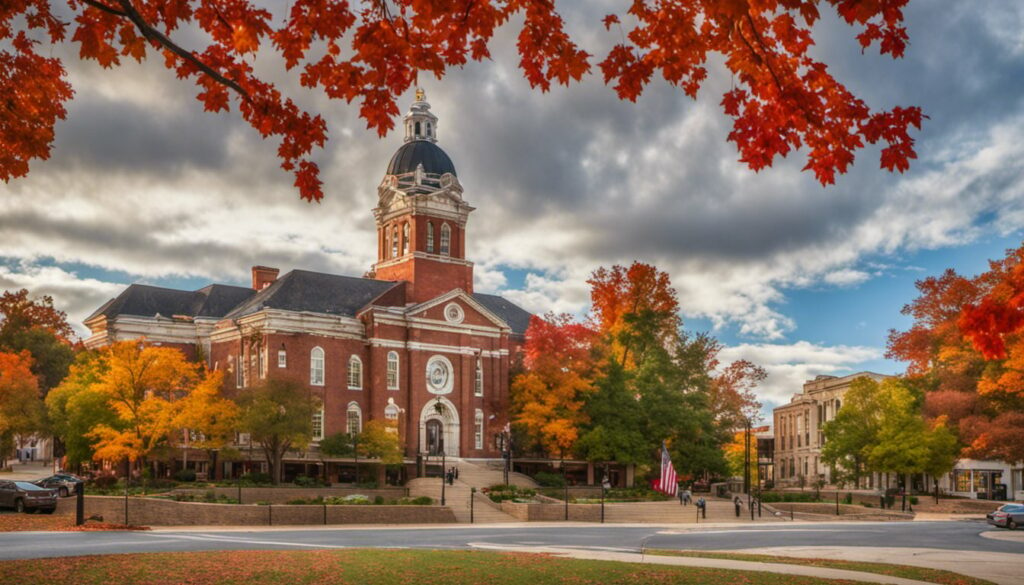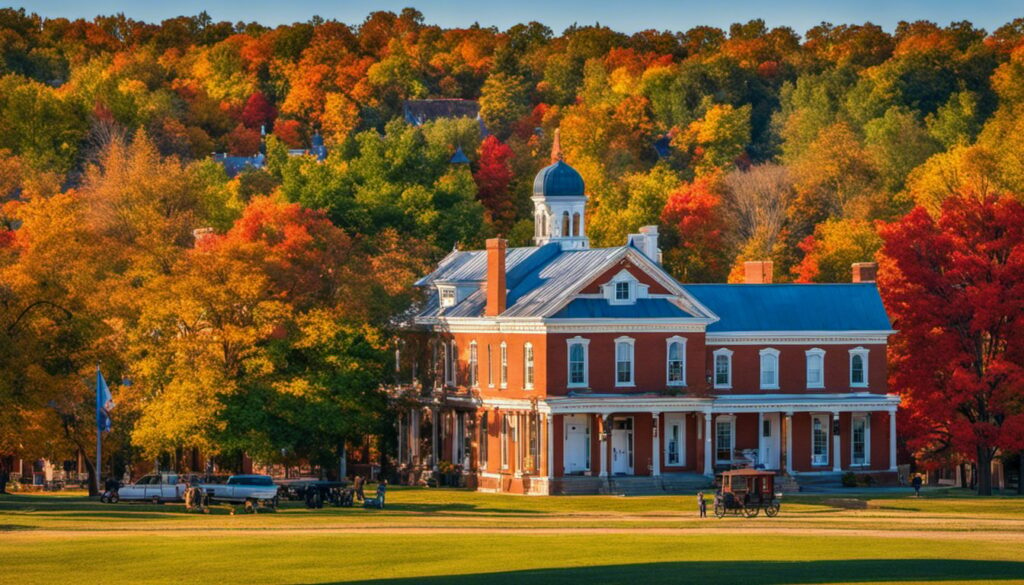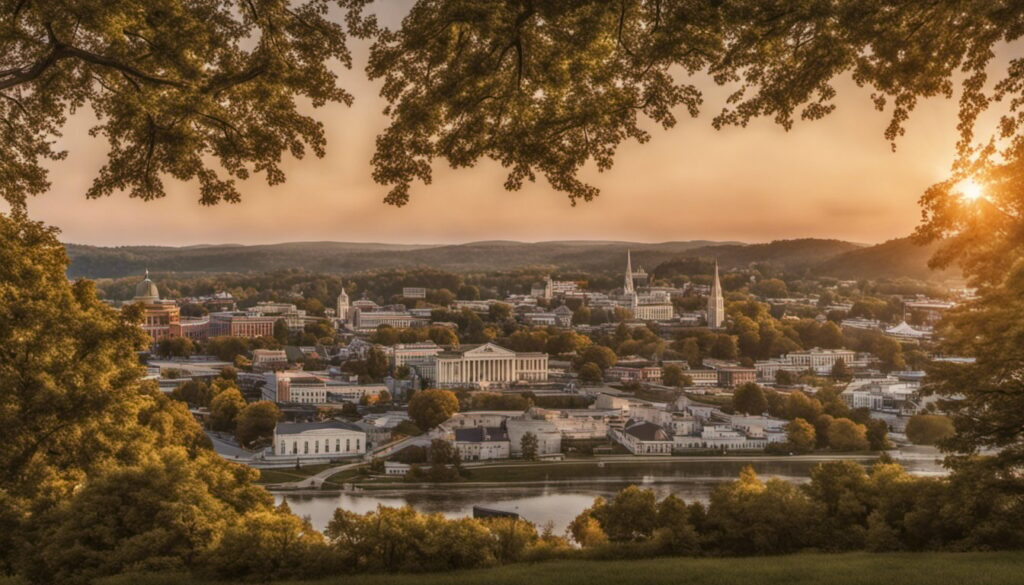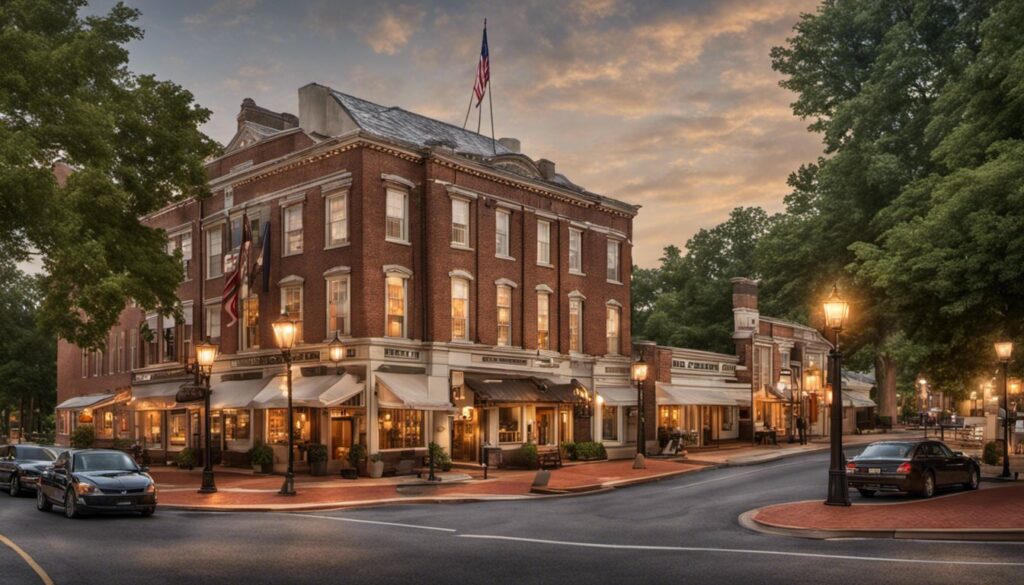Table Of Content
- Virginia’s Top Historical Sites and Famous Landmarks
- Colonial Sites in Virginia
- Historical Structures and Architecture
- National Parks and Natural Sites
- Civil War Landmarks
- Famous Residences
- Historical Cemeteries
- Museums and Cultural Sites
- Historic Neighborhoods and Areas
- Historical Lighthouses
- Historical Churches
- Universities and Educational Sites
- Frequently Asked Questions
Virginia’s Top Historical Sites and Famous Landmarks

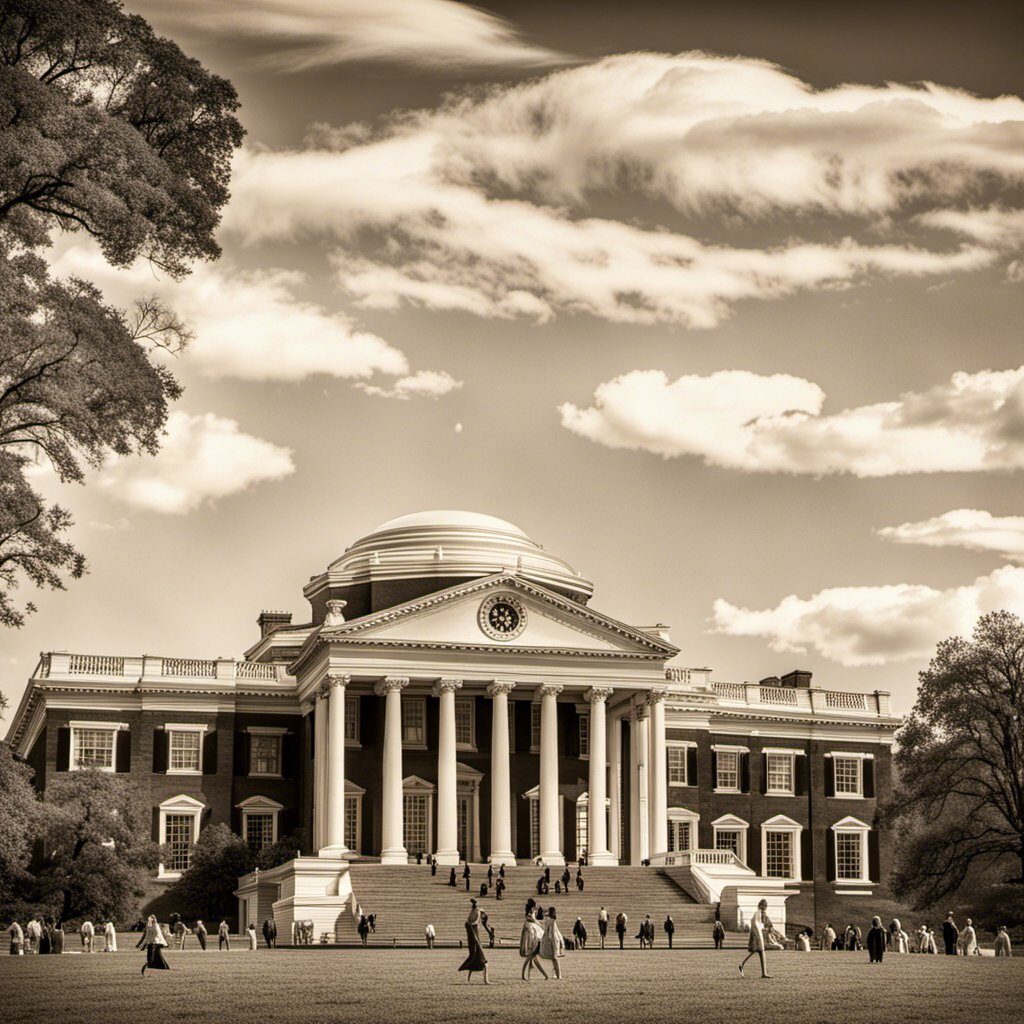
Virginia is a state rich in history, with a plethora of historical sites and famous landmarks to explore. From colonial sites to national parks, Civil War landmarks to historical residences, there is something for everyone to discover. Whether you are a history buff or simply looking for a fun and educational day trip, Virginia has plenty to offer.
One of the most popular categories of historical sites in Virginia is colonial sites. Virginia was one of the original 13 colonies, and as such, has a wealth of historical structures and architecture to explore. From Jamestown to Williamsburg, visitors can step back in time and experience what life was like in colonial Virginia. Many of these sites offer guided tours, reenactments, and interactive exhibits to bring history to life.
Another popular category of historical sites in Virginia is national parks and natural sites. Virginia is home to several national parks, including Shenandoah National Park and the Appalachian Trail. Visitors can hike, camp, and explore the natural beauty of Virginia while learning about its history and significance. Additionally, Virginia is home to many historical churches, museums, and cultural sites, providing visitors with a well-rounded historical experience.
Key Takeaways
- Virginia has a wealth of historical sites and famous landmarks to explore, from colonial sites to national parks and natural sites.
- Visitors can step back in time and experience what life was like in colonial Virginia through guided tours, reenactments, and interactive exhibits.
- Virginia’s historical churches, museums, and cultural sites provide visitors with a well-rounded historical experience.
Colonial Sites in Virginia
If you’re interested in learning about the history of Virginia, then you should definitely visit some of the state’s colonial sites. Here are three of the most popular ones:
Jamestown Settlement


Jamestown was the first permanent English settlement in the New World. It was founded in 1607 by a group of English colonists. Today, you can visit the Jamestown Settlement, which is a living history museum that includes a replica of the original fort, a Powhatan Indian village, and replicas of the three ships that brought the colonists to Virginia. You can also see exhibits that showcase the lives of the colonists and the Powhatan Indians.
Colonial Williamsburg
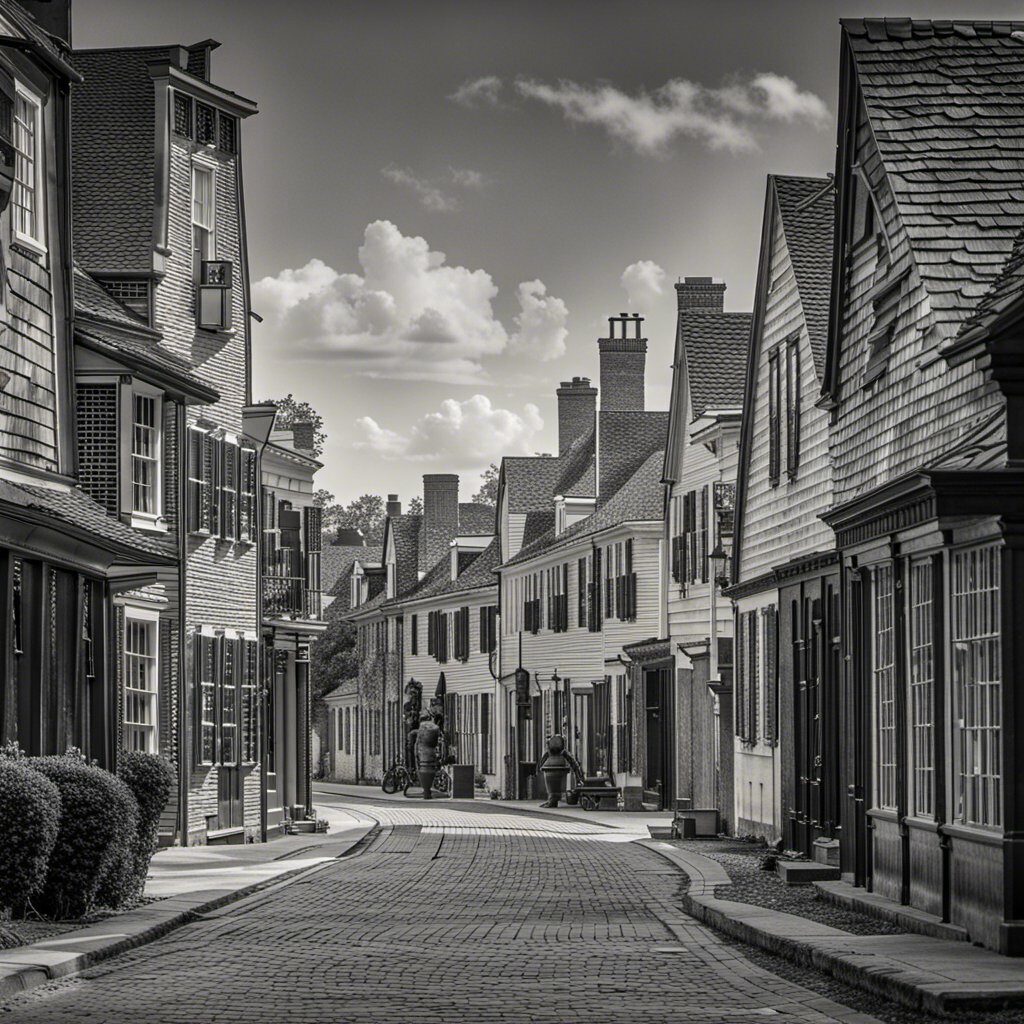

Colonial Williamsburg is a living history museum that takes you back to the 18th century. The town was the capital of Virginia from 1699 to 1780, and today it’s been restored to its colonial-era appearance. You can walk down Duke of Gloucester Street and see historic buildings such as the Governor’s Palace, the Capitol Building, and the Peyton Randolph House. You can also see craftsmen at work, such as blacksmiths, wigmakers, and silversmiths.
Yorktown


Yorktown was the site of the last major battle of the American Revolution. In 1781, American and French forces defeated the British army under General Cornwallis. Today, you can visit the Yorktown Battlefield, which is part of the Colonial National Historical Park. You can see the earthworks and trenches that were used by the American and French forces, as well as the Moore House, where the British surrendered.
Overall, visiting Virginia’s colonial sites is a great way to learn about the state’s history and the history of the United States. Whether you’re interested in the lives of English colonists or the battles of the American Revolution, there’s something for everyone.
Historical Structures and Architecture
If you’re a history buff, Virginia is a must-visit destination. The state is home to some of the most significant historical structures and architecture in the country. Here are five landmarks you don’t want to miss:
Virginia State Capitol


The Virginia State Capitol is a stunning example of neoclassical architecture. Designed by Thomas Jefferson, the building was completed in 1788 and has been in continuous use ever since. The Capitol houses the oldest legislative body in the Western Hemisphere, the Virginia General Assembly. The building is open for tours, and visitors can see the House and Senate chambers, the Old Hall of the House of Delegates, and the Rotunda.
Monticello


Monticello, Thomas Jefferson’s former home, is a UNESCO World Heritage Site and a National Historic Landmark. The house is a masterpiece of neoclassical architecture and is considered one of the most important architectural landmarks in the country. Visitors can tour the house and gardens and learn about Jefferson’s life and legacy.
Gunston Hall


Gunston Hall was the home of George Mason, one of the founding fathers of the United States and author of the Virginia Declaration of Rights, which served as a model for the Bill of Rights. The house is a beautiful example of Georgian architecture and is open for tours. Visitors can learn about Mason’s life and work and explore the surrounding gardens and grounds.
Bacon’s Castle


Bacon’s Castle is one of the oldest and most significant buildings in Virginia. Built in 1665, it is the oldest brick dwelling in North America. The house is a rare example of Jacobean architecture and is open for tours. Visitors can learn about the history of the house and the people who lived there.
Berkeley


Berkeley is a historic plantation house built in 1726. The house is a beautiful example of Georgian architecture and is open for tours. Visitors can learn about the history of the house and the people who lived there, including Benjamin Harrison V, a signer of the Declaration of Independence.
Virginia is committed to the preservation of its historical structures and architecture. The state has a number of programs and organizations dedicated to the preservation of historic buildings and sites. If you’re interested in learning more about architectural preservation in Virginia, be sure to check out the Virginia Department of Historic Resources and Preservation Virginia.
National Parks and Natural Sites
If you’re a nature lover, Virginia has a lot to offer in terms of national parks and natural sites. Here are three must-visit places you should add to your list.
First Landing State Park


Located in Virginia Beach, First Landing State Park is the perfect destination for a weekend getaway. The park offers a variety of activities, including hiking, camping, and swimming. With over 19 miles of trails, you can explore the park’s diverse ecosystems, from the sandy beach to the marshes and forests. The park also has a visitor center, where you can learn about the history of the area and the park’s conservation efforts.
Natural Bridge


Natural Bridge is a geological wonder that has been attracting visitors for centuries. The 215-foot-tall limestone arch was once owned by Thomas Jefferson and is now a Virginia State Park. Visitors can explore the area’s hiking trails, caves, and waterfalls. The park also offers guided tours, including a lantern-lit tour of the Natural Bridge at night.
Shenandoah National Park


Shenandoah National Park is a must-visit destination for anyone interested in hiking and camping. The park offers over 500 miles of trails, ranging from easy walks to challenging hikes. The park is also home to a variety of wildlife, including black bears, deer, and birds of prey. If you’re looking for a unique experience, consider staying in one of the park’s historic cabins or lodges.
Whether you’re interested in hiking, camping, or just enjoying the beauty of nature, Virginia’s national parks and natural sites have something for everyone. So pack your bags and head out to explore the great outdoors!
Civil War Landmarks
If you are a history buff, Virginia is the perfect destination for you. The state is home to several Civil War landmarks that provide a glimpse into the past. Here are three must-visit Civil War landmarks in Virginia:
Manassas National Battlefield


The Manassas National Battlefield is a historical site located in Manassas, Virginia. It is best known for being the location of the First and Second Battle of Bull Run, also known as the Battle of Manassas. These battles were some of the first major engagements of the American Civil War. The park offers guided tours, ranger-led programs, and exhibits that provide insights into the battles that took place there.
Appomattox Court House National Historical Park


The Appomattox Court House National Historical Park is located in Appomattox, Virginia. It is where General Robert E. Lee surrendered to General Ulysses S. Grant, effectively ending the American Civil War. The park offers guided tours that take you through the village of Appomattox Court House and the McLean House, where the surrender took place.
Fort Monroe National Monument


Fort Monroe National Monument is located in Hampton, Virginia. It is a fort that was built to protect the Chesapeake Bay and Hampton Roads harbor. During the Civil War, it was a Union stronghold and played a significant role in the war effort. The fort offers guided tours, exhibits, and educational programs that provide insights into its history.
In conclusion, Virginia is home to several Civil War landmarks that offer a glimpse into the past. Whether you are a history buff or just interested in learning more about the history of the United States, these landmarks are definitely worth a visit.
Famous Residences
Virginia is home to several famous residences that have played a significant role in American history. Here are three notable ones you should visit:
Mount Vernon


Located in Fairfax County, Mount Vernon was the home of America’s first president, George Washington. The estate sits on the banks of the Potomac River and includes a mansion, gardens, and a working farm. You can take a guided tour of the mansion and explore the grounds, which include a distillery and gristmill. Mount Vernon is a must-visit for history buffs and anyone interested in the life of George Washington.
White House of the Confederacy


The White House of the Confederacy is located in Richmond and was the official residence of Confederate President Jefferson Davis during the American Civil War. The mansion has been restored to its 1861 appearance and is now a museum that showcases Confederate artifacts and memorabilia. You can take a guided tour of the mansion and learn about the turbulent history of the Confederacy.
James Madison’s Montpelier


Montpelier was the home of James Madison, the fourth president of the United States, and his wife Dolley Madison. The mansion is located in Orange County and has been restored to its 1820s appearance. You can take a guided tour of the mansion and explore the grounds, which include formal gardens and hiking trails. Montpelier is a fascinating glimpse into the life of one of America’s founding fathers.
These famous residences are just a few of the many historical sites you can visit in Virginia. Each one offers a unique perspective on American history and is well worth a visit.
Historical Cemeteries
Virginia is home to many historical cemeteries that are worth visiting. These cemeteries offer a glimpse into the past and the people who helped shape Virginia and the United States. Here are some of the most notable cemeteries in Virginia:
Arlington National Cemetery


Arlington National Cemetery is one of the most famous cemeteries in the world. It is the final resting place for over 400,000 military veterans and their families, including many famous figures such as John F. Kennedy and Robert E. Lee. The cemetery is located in Arlington, Virginia, just across the Potomac River from Washington, D.C.
Arlington National Cemetery was established during the Civil War and has since become a symbol of honor and respect for those who have served their country. The cemetery is open to the public and offers guided tours, which provide a deeper understanding of the history and significance of this sacred place.
One of the most famous landmarks in Arlington National Cemetery is the Tomb of the Unknown Soldier. This tomb contains the remains of unidentified soldiers from World War I, World War II, Korea, and Vietnam. The tomb is guarded 24 hours a day, 365 days a year by the 3rd U.S. Infantry Regiment, also known as the Old Guard.
Visitors to Arlington National Cemetery can also pay their respects at the graves of famous figures such as John F. Kennedy, Jacqueline Kennedy Onassis, and Robert F. Kennedy. The cemetery also contains memorials to the Space Shuttle Challenger and Columbia crews, as well as the victims of the September 11 attacks.
If you are planning to visit Arlington National Cemetery, be sure to check the cemetery’s website for information on hours, tours, and other important details.
Museums and Cultural Sites
Virginia is home to a diverse range of museums and cultural sites that offer visitors a chance to explore the state’s rich history and culture. From the American Revolution Museum at Yorktown to the Edgar Allan Poe Museum, there are plenty of options to choose from. Here are a few of the top museums and cultural sites in Virginia:
American Revolution Museum at Yorktown


The American Revolution Museum at Yorktown is a must-visit destination for anyone interested in the history of the American Revolution. The museum features interactive exhibits, films, and artifacts that bring the story of the American Revolution to life. Visitors can explore the outdoor living history exhibit, which includes a re-created Continental Army encampment and a farm. The museum also features a gift shop and café.
Edgar Allan Poe Museum


The Edgar Allan Poe Museum is located in Richmond, Virginia, and is dedicated to the life and work of the famous American writer. The museum features exhibits on Poe’s life and career, as well as artifacts and memorabilia related to his works. Visitors can explore the museum’s gardens and courtyard, which are filled with sculptures and other artistic displays.
A.P. Carter Museum


The A.P. Carter Museum is located in Hiltons, Virginia, and is dedicated to the life and work of A.P. Carter, a famous American musician. The museum features exhibits on Carter’s life and career, as well as artifacts and memorabilia related to his music. Visitors can explore the museum’s gift shop, which features CDs, books, and other merchandise related to Carter’s music.
Whether you’re interested in the American Revolution, literature, or music, Virginia has plenty of museums and cultural sites to explore. Be sure to add these top destinations to your itinerary for a truly unforgettable experience.
Historic Neighborhoods and Areas
Virginia is home to several historic neighborhoods and areas that are worth exploring if you’re interested in the state’s rich history. Here are two neighborhoods that you should definitely check out:
Alexandria
Alexandria is a charming neighborhood located just a few miles south of Washington, D.C. It was founded in 1749 and played an important role in the American Revolution. Today, the neighborhood is a popular tourist destination, thanks to its well-preserved historic buildings and cobblestone streets.
One of the highlights of Alexandria is the Old Town, which is home to more than 200 independent boutiques, restaurants, and antique shops. The Torpedo Factory Art Center is another must-visit attraction in Alexandria, where you can see artists at work and purchase their creations.
Jackson Ward


Jackson Ward is a historic neighborhood located in Richmond, Virginia. It was once known as the “Harlem of the South” due to its thriving African American community and vibrant music scene. Today, the neighborhood is a National Historic Landmark and home to several important historic sites.
One of the most notable landmarks in Jackson Ward is the Maggie L. Walker National Historic Site, which was the home of the first African American woman to charter a bank in the United States. The Black History Museum & Cultural Center of Virginia is another important attraction in the neighborhood, where you can learn about the contributions of African Americans to Virginia’s history.
Exploring these historic neighborhoods is a great way to learn more about Virginia’s past and experience the local culture. Whether you’re interested in architecture, art, or history, you’re sure to find something that interests you in these neighborhoods.
Historical Lighthouses
Virginia has a rich history of lighthouses that have helped guide ships through its treacherous waters for centuries. Here are some of the most famous historical lighthouses in Virginia.
Cape Henry Lighthouse


Cape Henry Lighthouse is one of the most famous lighthouses in Virginia. It was built in 1792 and is the oldest lighthouse on the Chesapeake Bay and the third oldest lighthouse still standing in the United States. The unpainted sandstone tower stands 90 feet tall and was reinforced with a brick lining. It was damaged during the Civil War but was rebuilt and continues to stand as a testament to Virginia’s maritime history.
Located at Fort Story, the lighthouse is open to visitors on a seasonal schedule and requires proper ID as it is on a military base. Visitors can climb the 191 steps to the top of the tower and enjoy panoramic views of the Chesapeake Bay and the Atlantic Ocean.
If you’re interested in learning more about the history of Cape Henry Lighthouse, be sure to check out the nearby First Landing State Park. It was here that the English colonists first landed in Virginia in 1607 before continuing on to Jamestown.
In conclusion, Cape Henry Lighthouse is a must-visit historical landmark in Virginia. Its rich history and stunning views make it a popular destination for tourists and locals alike.
Historical Churches
Virginia is home to numerous historical churches that have survived the test of time. These churches have played a significant role in the state’s history and are considered some of the most beautiful landmarks in Virginia. In this section, we will take a closer look at two of the most famous historical churches in Virginia: Christ Church and Yeocomico Church.
Christ Church


Located in Lancaster County, Christ Church was built in 1735 and is considered one of the most well-preserved colonial churches in the country. The church is made of brick and features a unique design that includes a nave, chancel, and tower. The interior of the church is adorned with beautiful woodwork and stained glass windows that date back to the 18th century.
Christ Church has a rich history, and many famous figures have attended services here, including George Washington and Robert E. Lee. Today, the church is open to visitors who want to learn more about its history and architecture. Guided tours are available, and visitors can also attend services on Sundays.
Yeocomico Church


Yeocomico Church is located in Westmoreland County and was built in the early 18th century. The church is made of brick and features a unique design that includes a nave, chancel, and vestry. The interior of the church is adorned with beautiful woodwork and includes a pulpit and altar that date back to the 18th century.
Like Christ Church, Yeocomico Church has a rich history and has been attended by many famous figures, including George Washington and James Monroe. Today, the church is open to visitors who want to learn more about its history and architecture. Guided tours are available, and visitors can also attend services on Sundays.
These two churches are just a small sample of the many historical churches located in Virginia. If you’re interested in learning more about Virginia’s history and architecture, be sure to add these churches to your list of must-visit landmarks.
Universities and Educational Sites
If you’re interested in exploring the educational side of Virginia, you’ll be pleased to know that there are several universities and educational sites worth visiting. Here are two of the most well-known:
University of Virginia


Founded by Thomas Jefferson in 1819, the University of Virginia is a public research university located in Charlottesville, Virginia. It is one of the top public universities in the United States and is known for its beautiful campus, historic architecture, and rigorous academic programs.
The university is home to over 23,000 students and offers a wide range of undergraduate, graduate, and professional programs. Some of its most popular programs include engineering, business, law, and medicine. The university is also known for its strong research programs and is home to several research centers and institutes.
If you’re interested in visiting the University of Virginia, you can take a guided tour of the campus or explore on your own. Some of the most popular attractions on campus include the Rotunda, the Lawn, and the Batten School of Leadership and Public Policy.
Virginia Military Institute


Founded in 1839, the Virginia Military Institute (VMI) is a state-supported military college located in Lexington, Virginia. It is one of only six senior military colleges in the United States and is known for its rigorous academic programs and strict military discipline.
VMI is home to over 1,700 cadets and offers a wide range of undergraduate programs in engineering, science, liberal arts, and business. The college is also known for its strong military programs and is home to several ROTC programs.
If you’re interested in visiting VMI, you can take a guided tour of the campus or attend one of the many events hosted by the college throughout the year. Some of the most popular attractions on campus include the VMI Museum, the Parade Ground, and the Stonewall Jackson House.
Overall, if you’re interested in exploring the educational side of Virginia, the University of Virginia and Virginia Military Institute are two excellent places to start.
Frequently Asked Questions
What are some famous landmarks in Virginia?
Virginia is home to many famous landmarks, including Mount Vernon, the home of George Washington; Monticello, the home of Thomas Jefferson; and the Natural Bridge, a stunning natural rock formation. Other notable landmarks include the Virginia State Capitol, the Edgar Allan Poe Museum, and the Virginia Beach Boardwalk.
What are some historical sites near Richmond, VA?
Richmond, the capital of Virginia, is home to many historical sites, including the Virginia State Capitol, the American Civil War Museum, and the Edgar Allan Poe Museum. Other nearby historical sites include the Jamestown Settlement and the Colonial Williamsburg Historic Area.
What is Virginia’s most famous waterway?
The Chesapeake Bay is Virginia’s most famous waterway. It is the largest estuary in the United States and is home to a diverse array of wildlife, including blue crabs, oysters, and bald eagles. The Chesapeake Bay is also an important shipping channel and is a popular destination for boaters, fishermen, and nature enthusiasts.
Are there any state parks or reserves in Virginia?
Yes, Virginia is home to many state parks and reserves, including Shenandoah National Park, which is known for its stunning mountain views and hiking trails; First Landing State Park, which is located on the beach and is a popular spot for swimming and fishing; and Chippokes Plantation State Park, which is a historic plantation that offers tours and camping.
Who are some famous people from Virginia?
Virginia has been home to many famous people throughout history, including George Washington, Thomas Jefferson, James Madison, and Patrick Henry, all of whom played important roles in the founding of the United States. Other notable Virginians include Edgar Allan Poe, Patsy Cline, and Arthur Ashe.
How many historical landmarks are there in Virginia?
Virginia is home to over 2,000 historical landmarks, including buildings, structures, and sites that have been designated as important to the state’s history and culture. These landmarks include everything from the homes of famous people to battlefields from the American Civil War.

